“Fashion goes with the feeling of the moment. It's related to movies, to art, to young people's taste.” (Gianni Versace)
Nestled in the heart of Paris, the Palais Galliera is a fashion museum that has long been revered as a hub of creativity and innovation. With its impressive collection of garments, accessories, and textiles dating back centuries, the museum is a must-visit destination for anyone interested in the art of fashion.
Featuring the works of major designers like Alexander McQueen, Jean Paul Gaultier, and Helmut Lang, the exhibition showcased the diverse array of styles that emerged during this pivotal year. From minimalist designs to grunge-inspired looks to the bold, flashy aesthetic of the era, visitors were treated to a fascinating journey through the cultural, social, and political influences that shaped fashion in the late 20th century. But the exhibition was more than just a celebration of fashion. It also served as a reminder of the power of creativity and innovation in the face of adversity. In 1997, the fashion world was rocked by the death of Gianni Versace and the loss of Princess Diana, two icons who had helped shape the industry in their own unique ways. Yet even in the midst of tragedy, designers continued to push the boundaries of what was possible, creating works that reflected the complex and often conflicting emotions of the time.
For those who were unable to attend the exhibition in person, the Palais Galliera offered a virtual tour and a comprehensive catalog, ensuring that the impact of "1997" will be felt for years to come. As the fashion industry continues to evolve and adapt to the changing times, exhibitions like this serve as a reminder of the enduring power of fashion to inspire, captivate, and move us.
Nestled in the heart of Paris, the Palais Galliera is a fashion museum that has long been revered as a hub of creativity and innovation. With its impressive collection of garments, accessories, and textiles dating back centuries, the museum is a must-visit destination for anyone interested in the art of fashion.
Featuring the works of major designers like Alexander McQueen, Jean Paul Gaultier, and Helmut Lang, the exhibition showcased the diverse array of styles that emerged during this pivotal year. From minimalist designs to grunge-inspired looks to the bold, flashy aesthetic of the era, visitors were treated to a fascinating journey through the cultural, social, and political influences that shaped fashion in the late 20th century. But the exhibition was more than just a celebration of fashion. It also served as a reminder of the power of creativity and innovation in the face of adversity. In 1997, the fashion world was rocked by the death of Gianni Versace and the loss of Princess Diana, two icons who had helped shape the industry in their own unique ways. Yet even in the midst of tragedy, designers continued to push the boundaries of what was possible, creating works that reflected the complex and often conflicting emotions of the time.
For those who were unable to attend the exhibition in person, the Palais Galliera offered a virtual tour and a comprehensive catalog, ensuring that the impact of "1997" will be felt for years to come. As the fashion industry continues to evolve and adapt to the changing times, exhibitions like this serve as a reminder of the enduring power of fashion to inspire, captivate, and move us.
1990 : A decade of fashion revolution
The 1990s were a decade of tremendous change and experimentation in the world of fashion. It was a time when designers, models, and consumers were all pushing the boundaries of what was considered fashionable, resulting in a dynamic mix of traditional and modern styles in haute couture. From the rise of minimalist designs to the emergence of grunge and deconstruction, the 1990s saw an incredible diversity of styles and aesthetics.
One of the defining trends of the early 1990s was minimalism. Designers like Calvin Klein, Helmut Lang, and Jil Sander led the charge with their clean, simple lines and focus on neutral colors and high-quality fabrics. This aesthetic was a sharp departure from the bold, flashy designs of the 1980s, and it signaled a new era of understated elegance and sophistication in fashion.
Another major influence on fashion in the early 1990s was the ongoing shift towards more casual and comfortable styles. The popularity of grunge and alternative rock music led to a fashion movement that embraced a more relaxed, laid-back look. Flannel shirts, ripped jeans, and combat boots became staples of this style, which rejected the flashy excesses of the 1980s in favor of a more rebellious and edgy aesthetic.
In addition to minimalism and grunge, the 1990s also saw the emergence of deconstruction as a major trend in fashion. Designers like Martin Margiela and Rei Kawakubo created pieces that deliberately challenged traditional fashion norms, with asymmetrical cuts, exposed seams, and unexpected shapes. This raw, edgy look was both innovative and daring, and it signaled a desire to push the boundaries of what was considered fashionable.
The mid-1990s also saw the rise of the "heroin chic" trend, characterized by a skinny, androgynous look and a focus on dark, moody clothing. This trend reached its peak in 1997, with models like Kate Moss and heroin chic-inspired editorials dominating the fashion world.
Overall, the 1990s were a time of tremendous creativity and innovation in the world of fashion. From the understated elegance of minimalism to the rebellious spirit of grunge and deconstruction, designers and consumers alike were constantly pushing the boundaries of what was considered fashionable, resulting in some of the most iconic and memorable designs in fashion history.
One of the defining trends of the early 1990s was minimalism. Designers like Calvin Klein, Helmut Lang, and Jil Sander led the charge with their clean, simple lines and focus on neutral colors and high-quality fabrics. This aesthetic was a sharp departure from the bold, flashy designs of the 1980s, and it signaled a new era of understated elegance and sophistication in fashion.
Another major influence on fashion in the early 1990s was the ongoing shift towards more casual and comfortable styles. The popularity of grunge and alternative rock music led to a fashion movement that embraced a more relaxed, laid-back look. Flannel shirts, ripped jeans, and combat boots became staples of this style, which rejected the flashy excesses of the 1980s in favor of a more rebellious and edgy aesthetic.
In addition to minimalism and grunge, the 1990s also saw the emergence of deconstruction as a major trend in fashion. Designers like Martin Margiela and Rei Kawakubo created pieces that deliberately challenged traditional fashion norms, with asymmetrical cuts, exposed seams, and unexpected shapes. This raw, edgy look was both innovative and daring, and it signaled a desire to push the boundaries of what was considered fashionable.
The mid-1990s also saw the rise of the "heroin chic" trend, characterized by a skinny, androgynous look and a focus on dark, moody clothing. This trend reached its peak in 1997, with models like Kate Moss and heroin chic-inspired editorials dominating the fashion world.
Overall, the 1990s were a time of tremendous creativity and innovation in the world of fashion. From the understated elegance of minimalism to the rebellious spirit of grunge and deconstruction, designers and consumers alike were constantly pushing the boundaries of what was considered fashionable, resulting in some of the most iconic and memorable designs in fashion history.
1997 : Fashion Big Bang
The year 1997 is often considered a significant moment in the history of fashion, with several major events and trends that had a lasting impact on the industry. Here are a few reasons why:
The death of Gianni Versace: In July 1997, fashion designer Gianni Versace was tragically murdered outside his home in Miami. The news shocked the fashion world and led to an outpouring of grief and tributes to the designer's life and work. Versace was known for his bold and extravagant designs, and his death left a void in the fashion world.
The rise of the "heroin chic" trend: The 1990s were a time of grunge and rebellion, and the "heroin chic" trend emerged in the mid-1990s, characterized by a skinny, androgynous look and a focus on dark, moody clothing. This trend reached its peak in 1997, with models like Kate Moss and heroin chic-inspired editorials dominating the fashion world. The trend was controversial and garnered criticism for promoting unhealthy body standards.
Princess Diana's death: In August 1997, Princess Diana was killed in a car accident in Paris. The tragic event had a significant impact on the fashion world, as Diana had been a major style icon and had helped popularize trends like the "power shoulder" and the "little black dress." Her death led to an outpouring of grief and tributes, and her influence on fashion continues to this day.
The first Victoria's Secret fashion show: In 1997, the first Victoria's Secret fashion show took place, introducing the world to the brand's iconic lingerie and runway show format. The show would go on to become a major cultural event and a highlight of the fashion calendar. The event also marked the beginning of the "Angels" phenomenon, with models like Tyra Banks and Heidi Klum becoming household names.
Jean Paul Gaultier's "Fifth Element" costumes: In 1997, Jean Paul Gaultier created the iconic costumes for the sci-fi film "The Fifth Element," which premiered that year. The costumes, which were inspired by a mix of futuristic and ancient Egyptian styles, became an instant sensation and cemented Gaultier's reputation as a master of avant-garde fashion.
Other notable fashion moments from 1997 include the release of Tom Ford's first collection for Gucci, which marked a new era of sexiness and glamour for the brand; Alexander McQueen's "Dante" collection, which featured elaborate, theatrical designs inspired by the works of Dante Alighieri; and the debut of Nicolas Ghesquière as creative director of Balenciaga, where he would go on to revolutionize the brand with his futuristic, sculptural designs.
Overall, the events and trends of 1997 marked a turning point in the fashion industry, with a mix of tragedy, rebellion, and innovation shaping the way designers and consumers approached style and beauty. This pivotal year continues to inspire and influence fashion designers to this day.
The death of Gianni Versace: In July 1997, fashion designer Gianni Versace was tragically murdered outside his home in Miami. The news shocked the fashion world and led to an outpouring of grief and tributes to the designer's life and work. Versace was known for his bold and extravagant designs, and his death left a void in the fashion world.
The rise of the "heroin chic" trend: The 1990s were a time of grunge and rebellion, and the "heroin chic" trend emerged in the mid-1990s, characterized by a skinny, androgynous look and a focus on dark, moody clothing. This trend reached its peak in 1997, with models like Kate Moss and heroin chic-inspired editorials dominating the fashion world. The trend was controversial and garnered criticism for promoting unhealthy body standards.
Princess Diana's death: In August 1997, Princess Diana was killed in a car accident in Paris. The tragic event had a significant impact on the fashion world, as Diana had been a major style icon and had helped popularize trends like the "power shoulder" and the "little black dress." Her death led to an outpouring of grief and tributes, and her influence on fashion continues to this day.
The first Victoria's Secret fashion show: In 1997, the first Victoria's Secret fashion show took place, introducing the world to the brand's iconic lingerie and runway show format. The show would go on to become a major cultural event and a highlight of the fashion calendar. The event also marked the beginning of the "Angels" phenomenon, with models like Tyra Banks and Heidi Klum becoming household names.
Jean Paul Gaultier's "Fifth Element" costumes: In 1997, Jean Paul Gaultier created the iconic costumes for the sci-fi film "The Fifth Element," which premiered that year. The costumes, which were inspired by a mix of futuristic and ancient Egyptian styles, became an instant sensation and cemented Gaultier's reputation as a master of avant-garde fashion.
Other notable fashion moments from 1997 include the release of Tom Ford's first collection for Gucci, which marked a new era of sexiness and glamour for the brand; Alexander McQueen's "Dante" collection, which featured elaborate, theatrical designs inspired by the works of Dante Alighieri; and the debut of Nicolas Ghesquière as creative director of Balenciaga, where he would go on to revolutionize the brand with his futuristic, sculptural designs.
Overall, the events and trends of 1997 marked a turning point in the fashion industry, with a mix of tragedy, rebellion, and innovation shaping the way designers and consumers approached style and beauty. This pivotal year continues to inspire and influence fashion designers to this day.





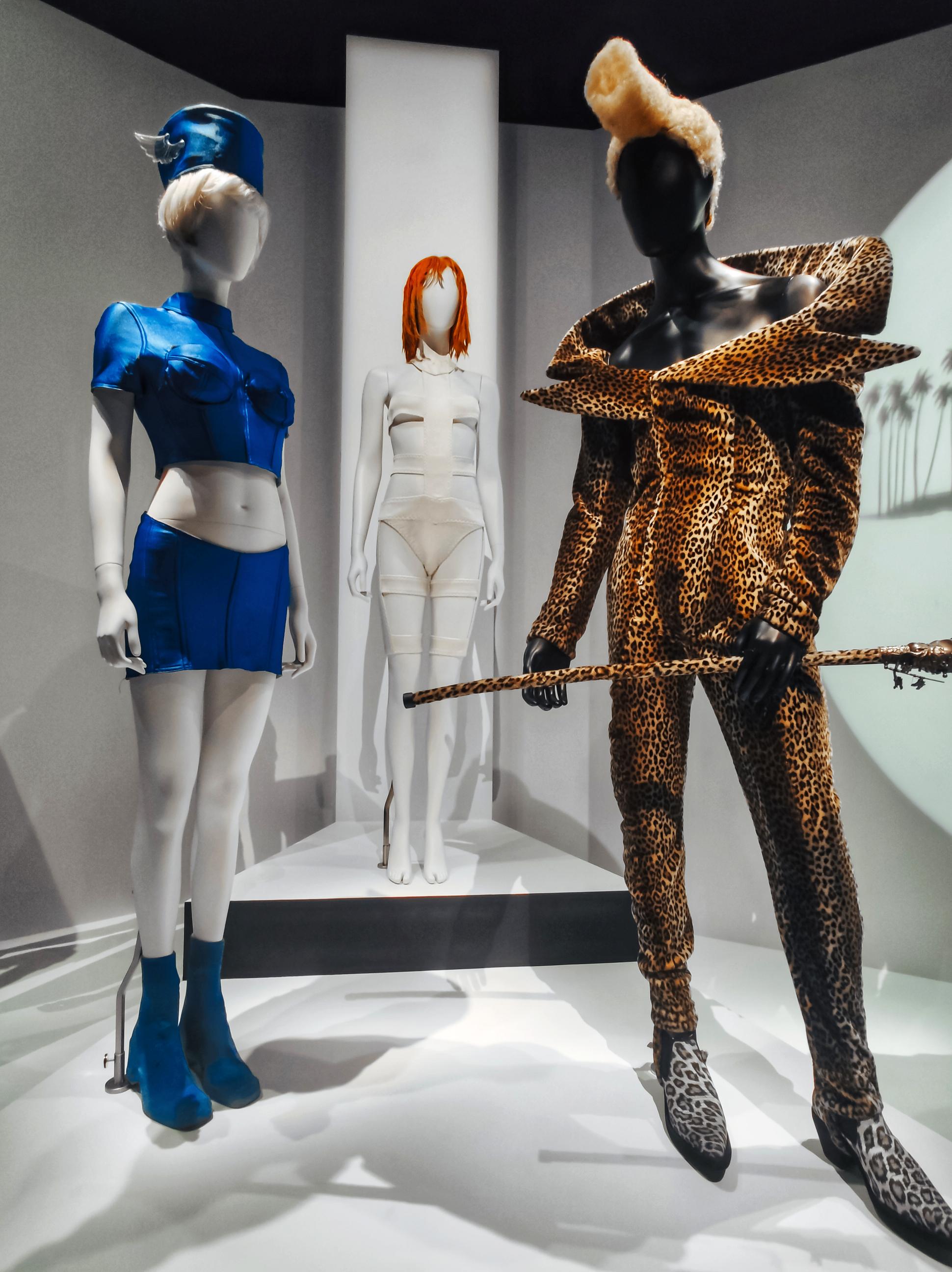
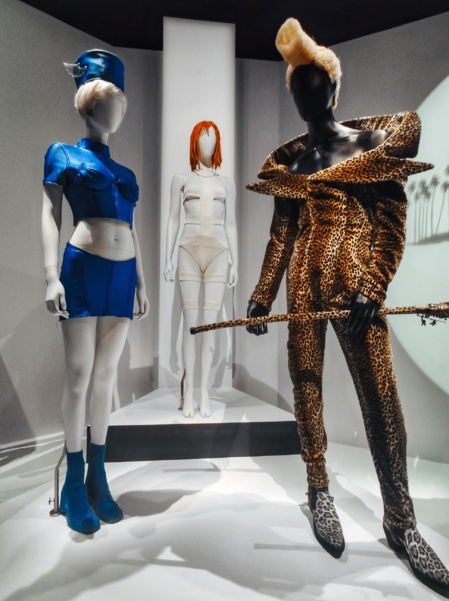
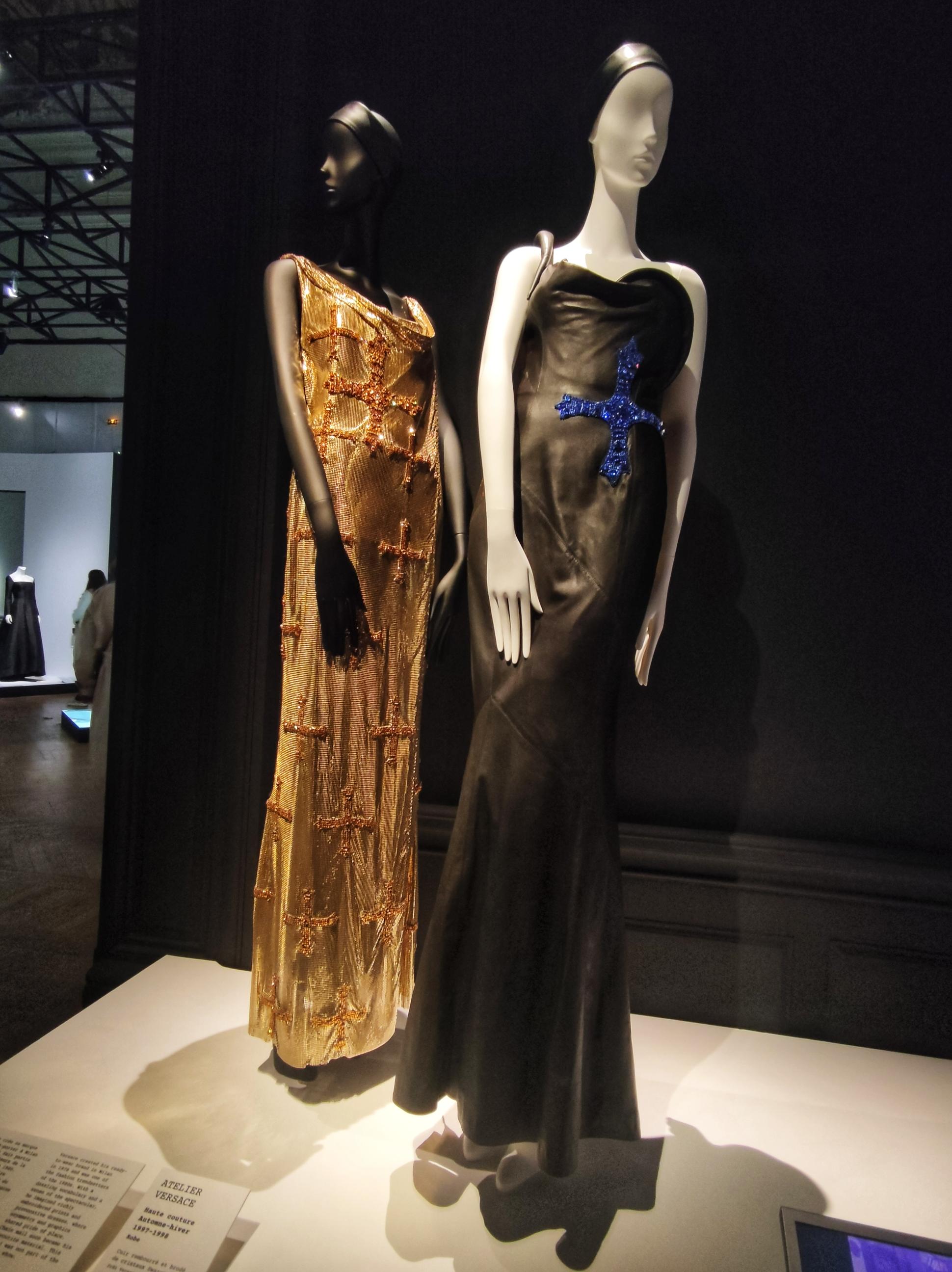
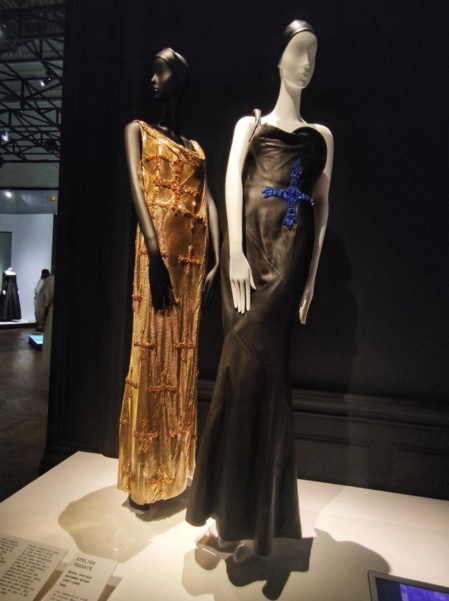
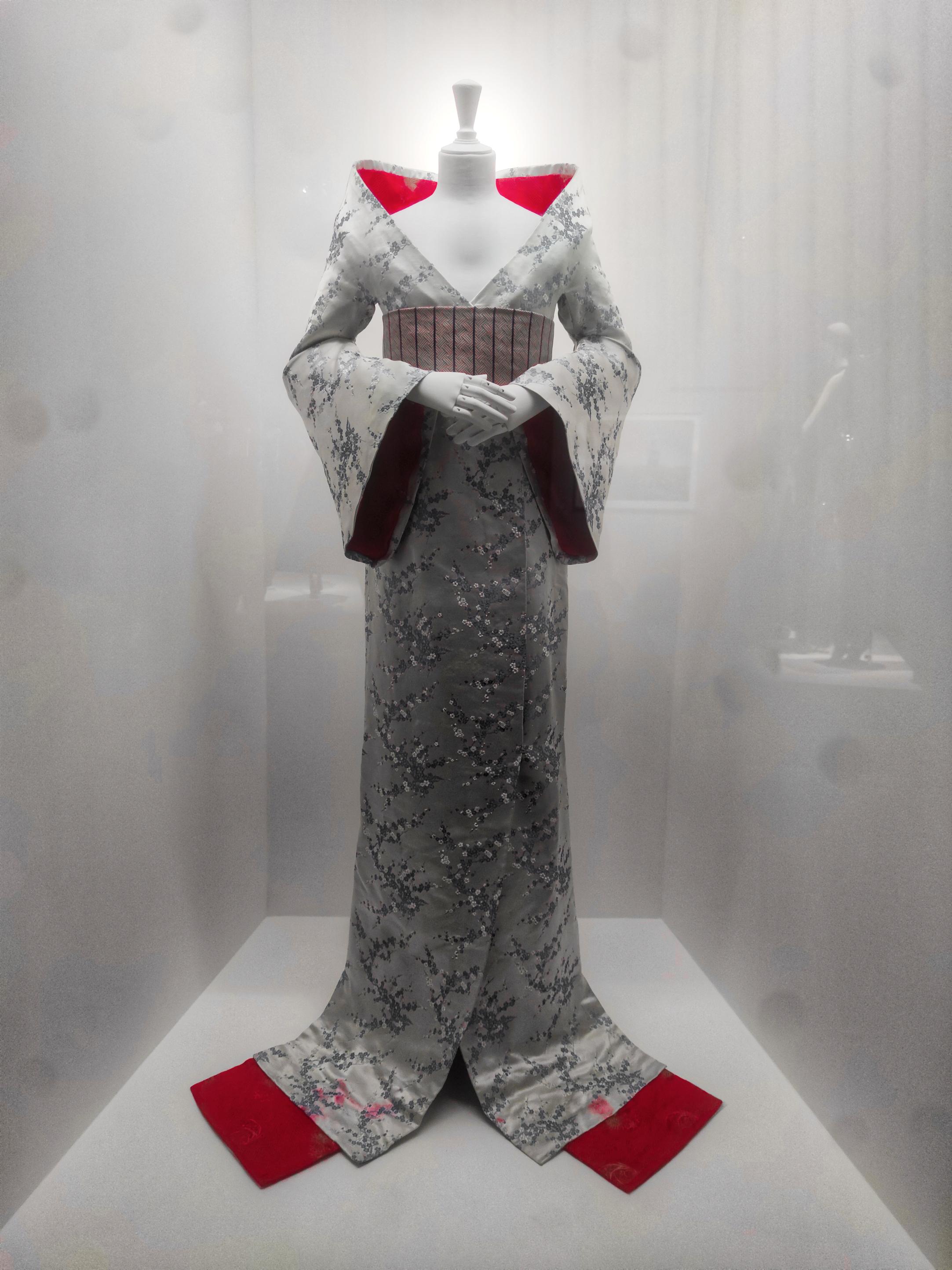
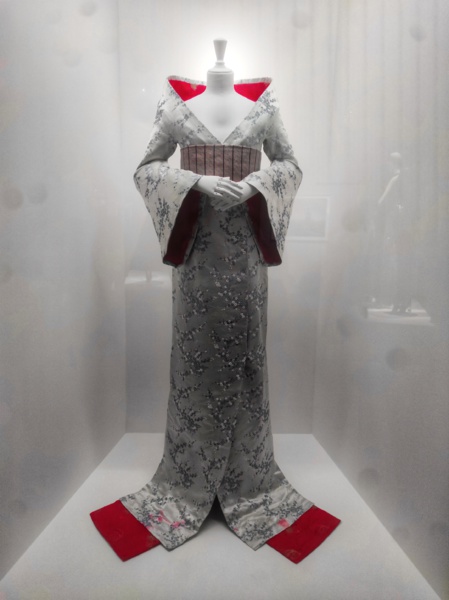







 Wanderlust Ice & Ink: Life, Fashion, Travel, and Art as a Professional Figure Skater and Lifestyle Journalist
Wanderlust Ice & Ink: Life, Fashion, Travel, and Art as a Professional Figure Skater and Lifestyle Journalist








